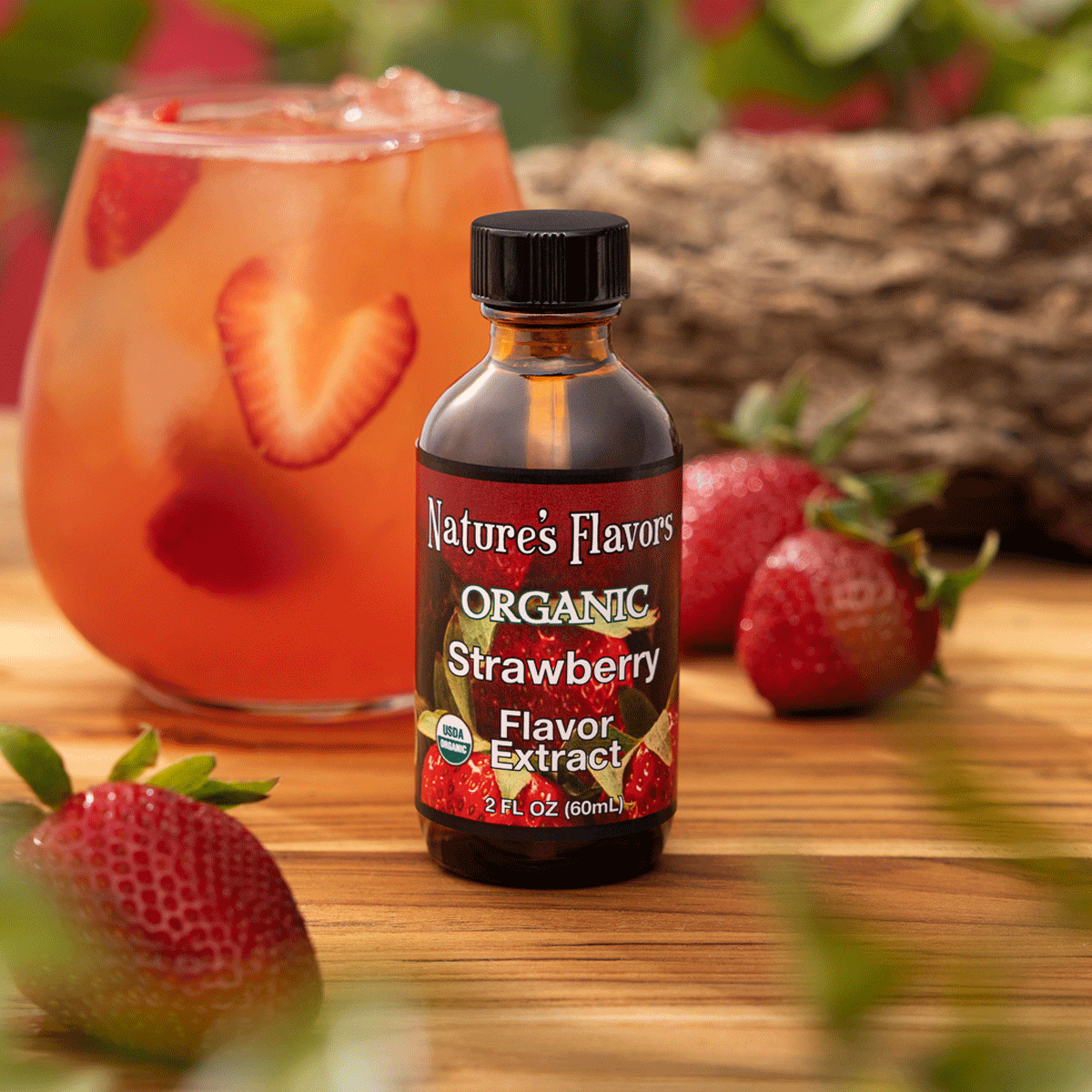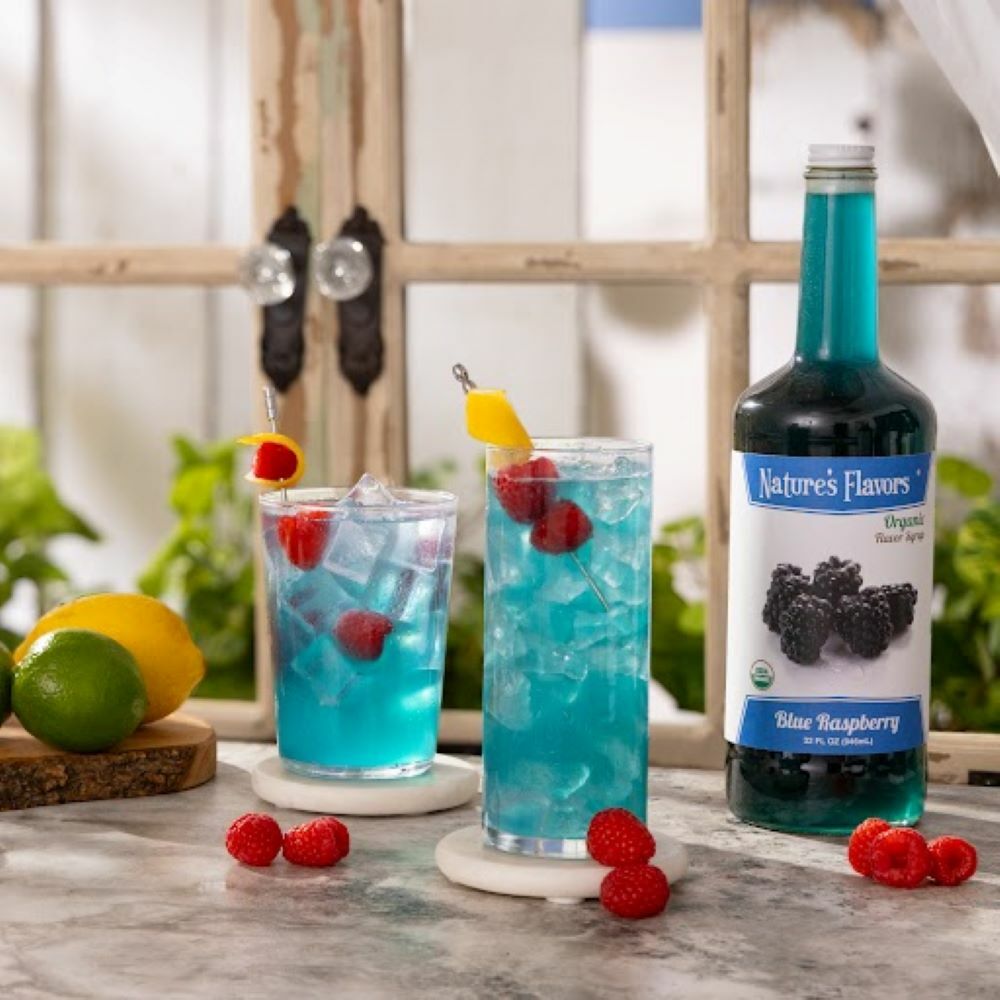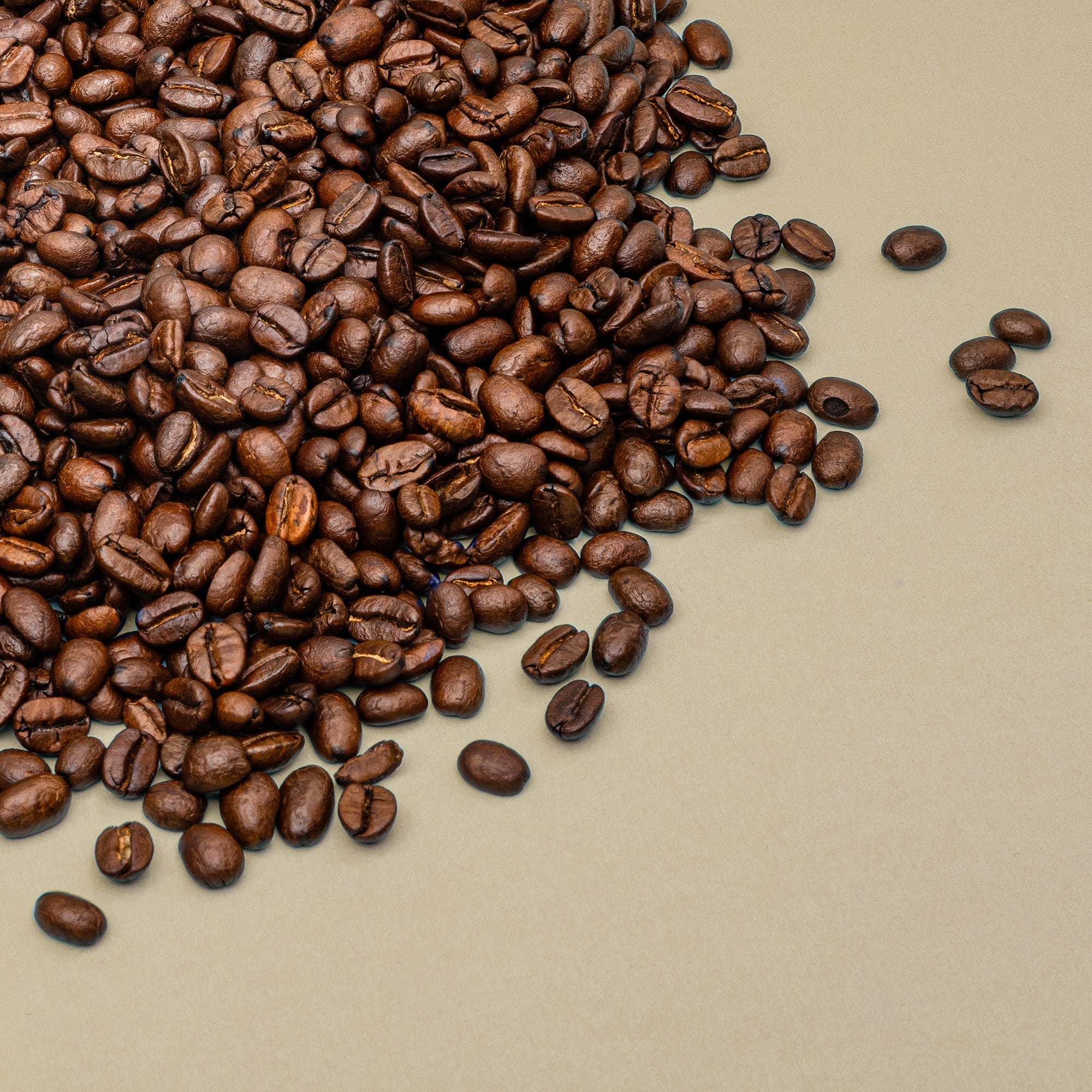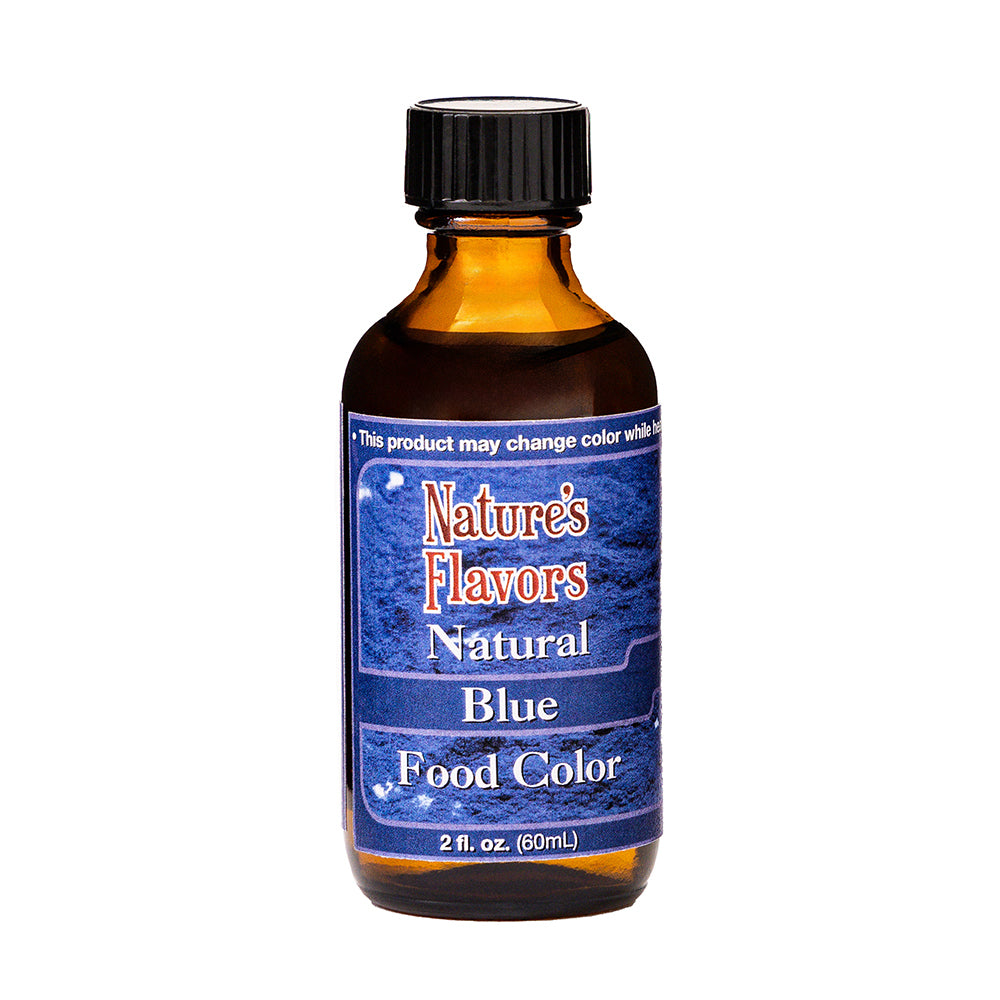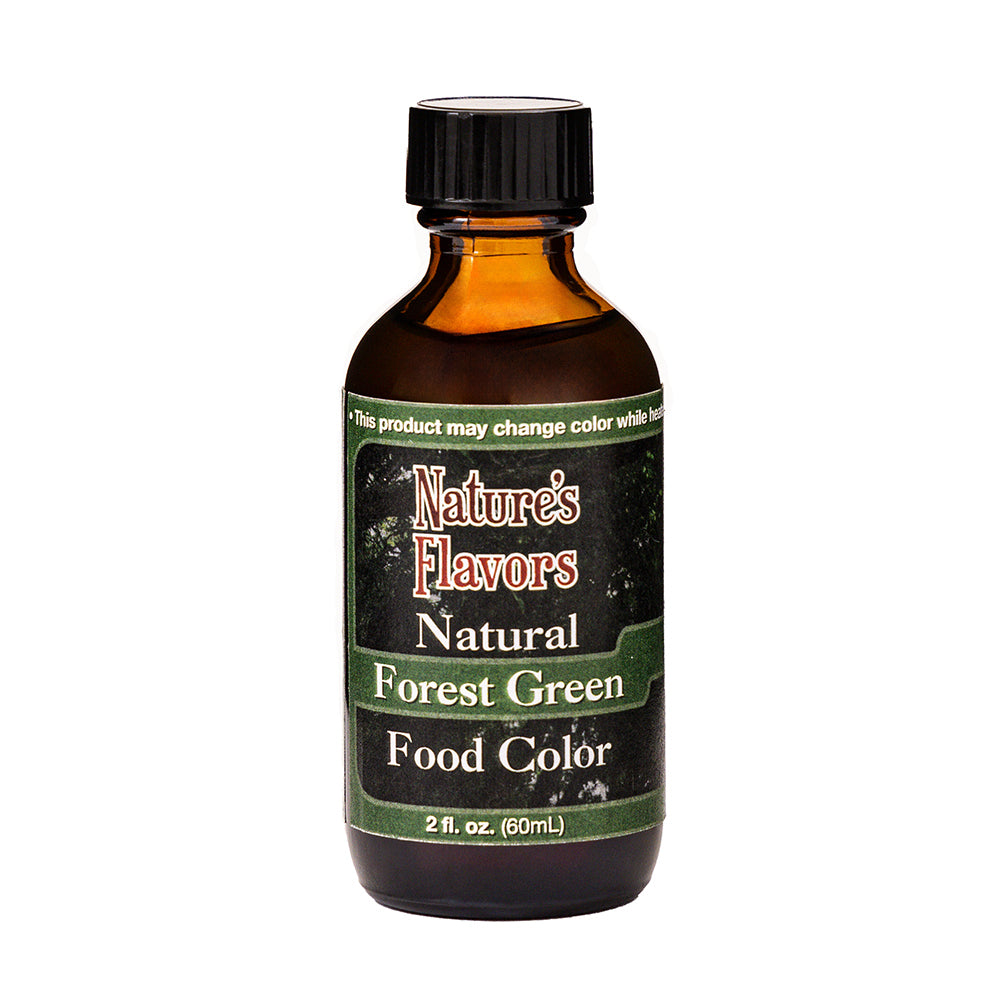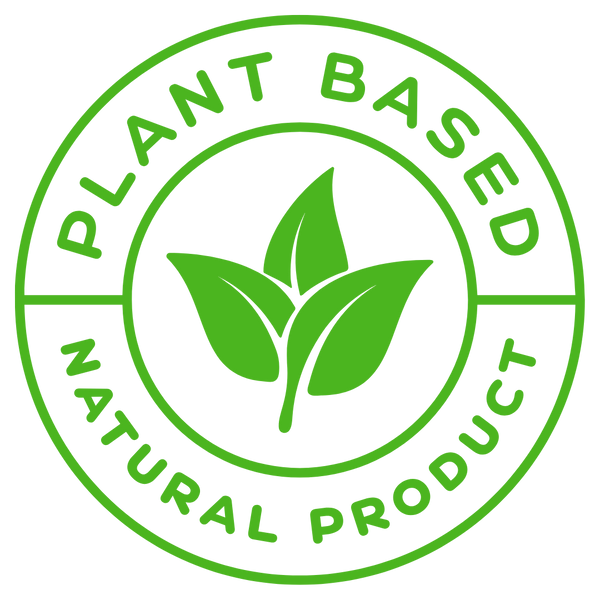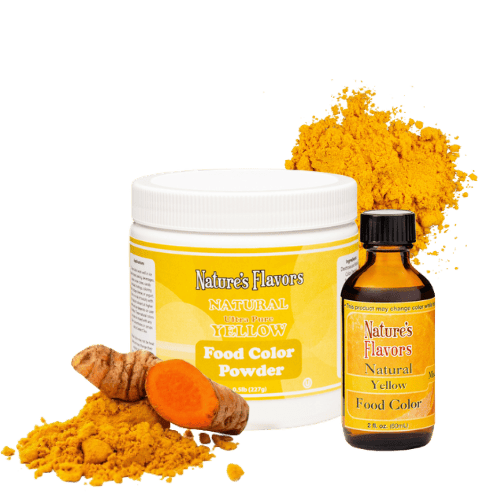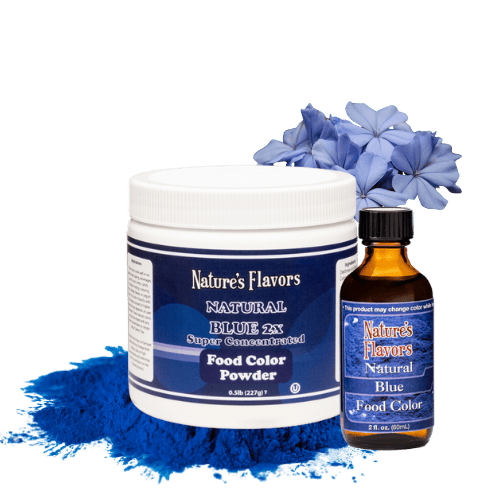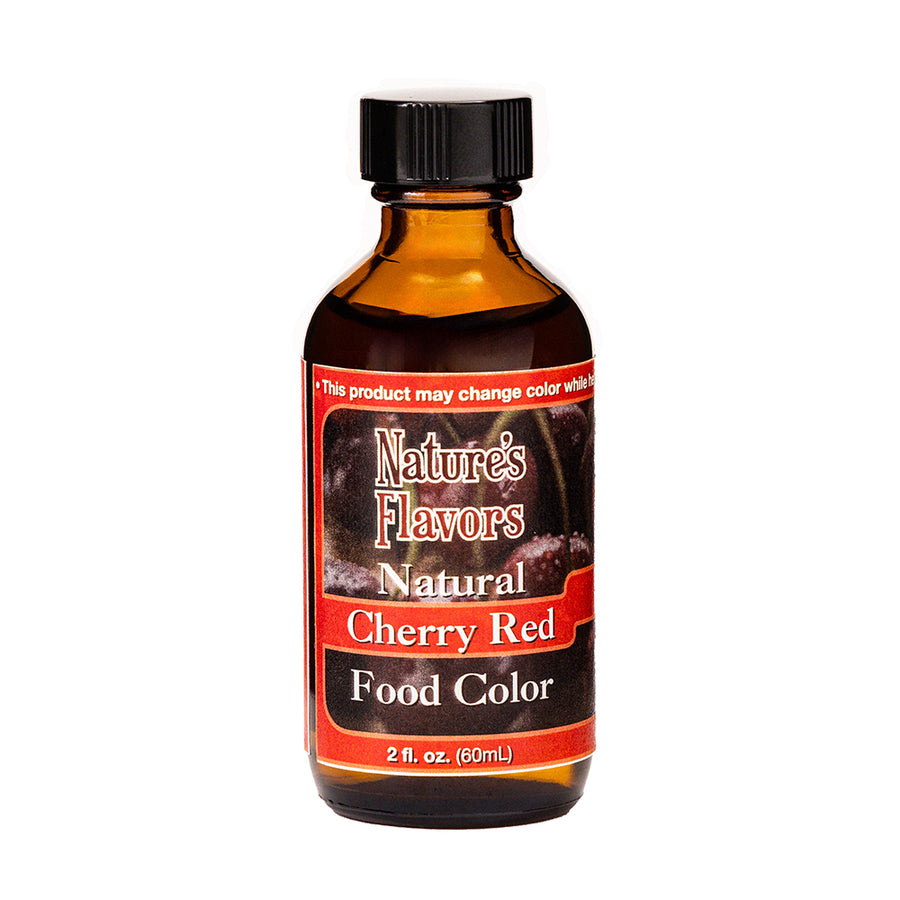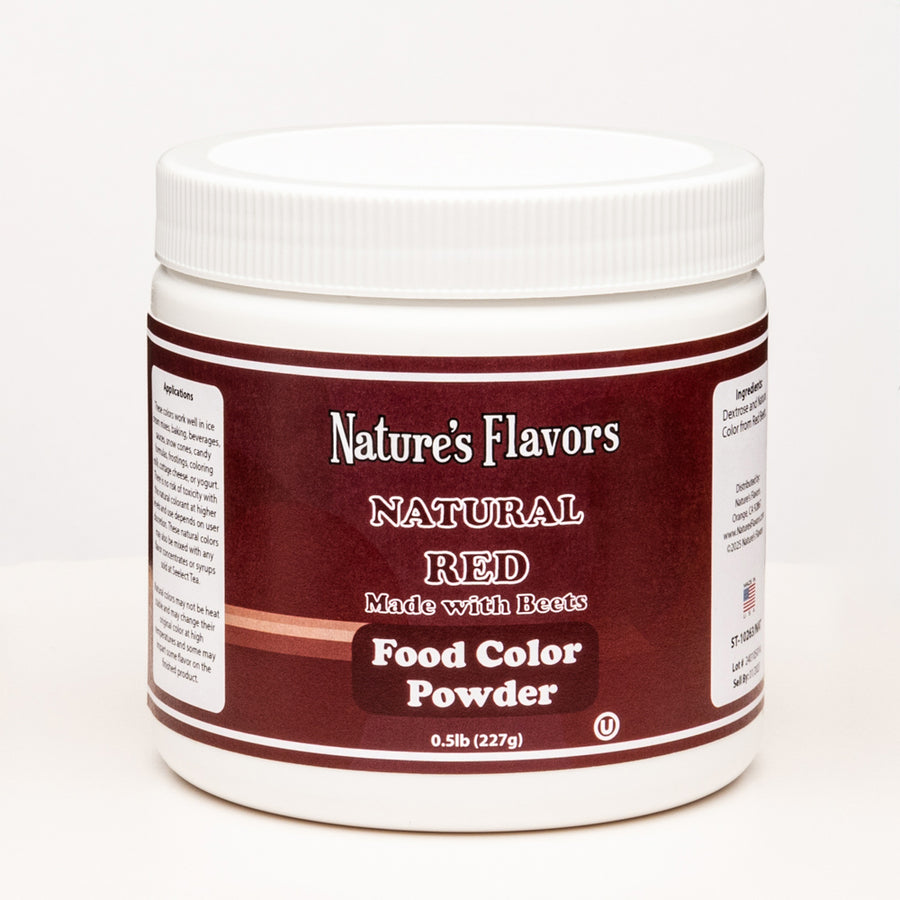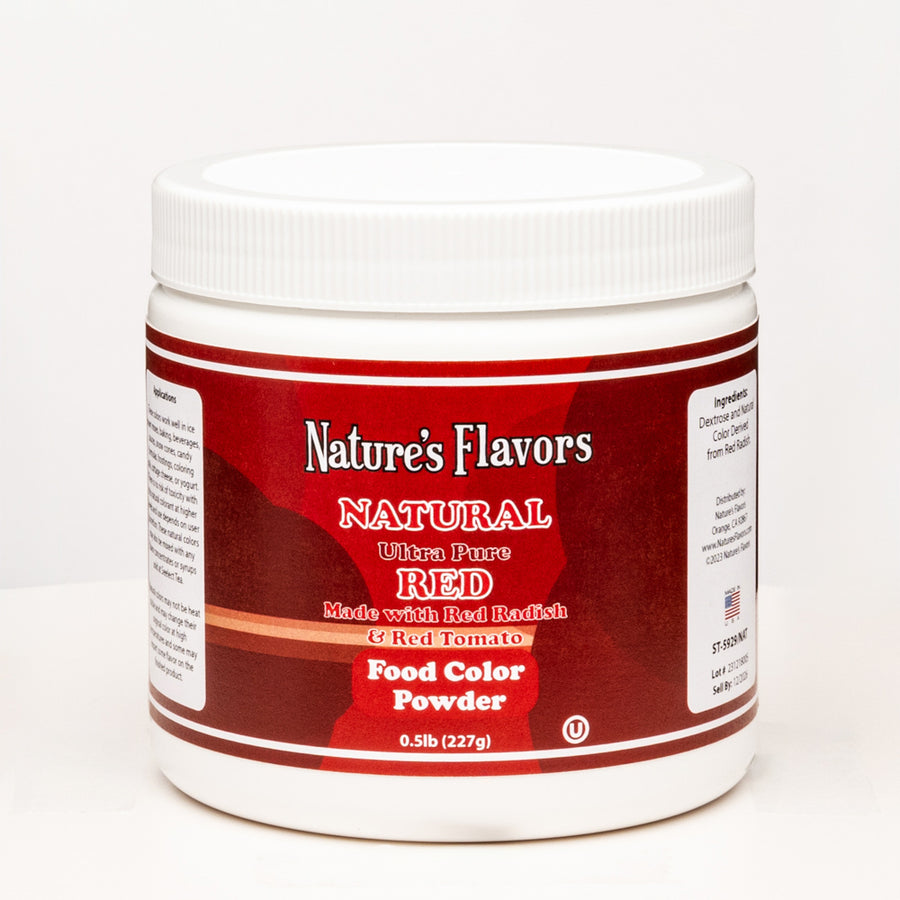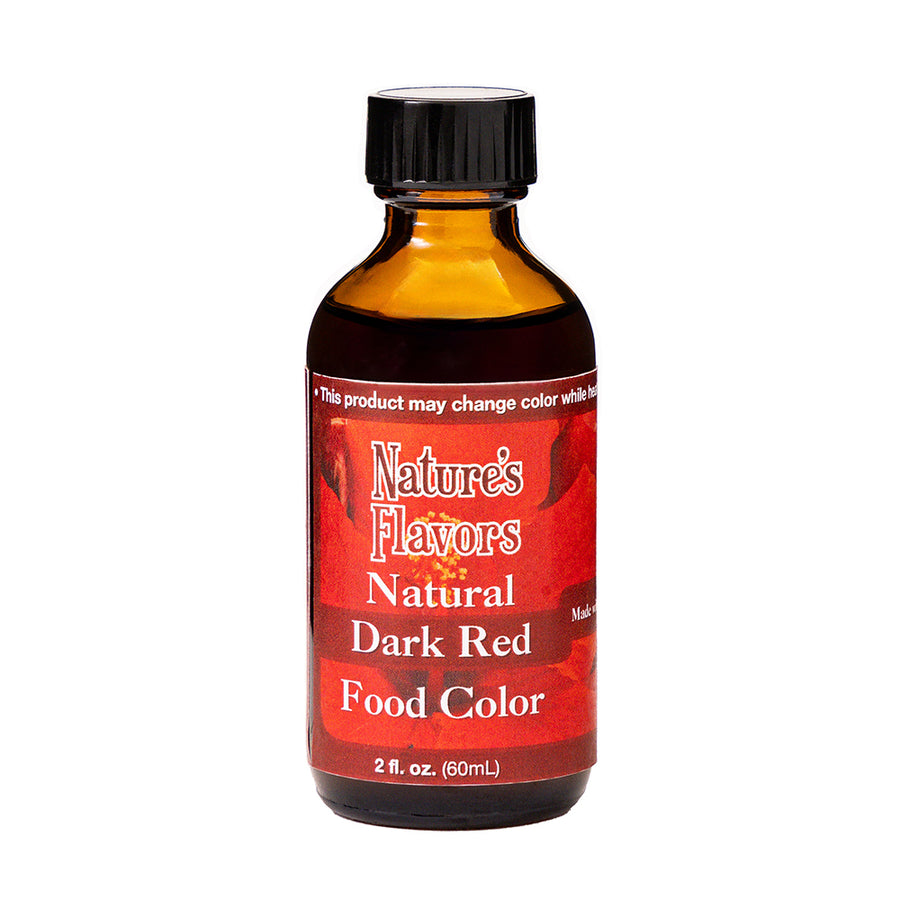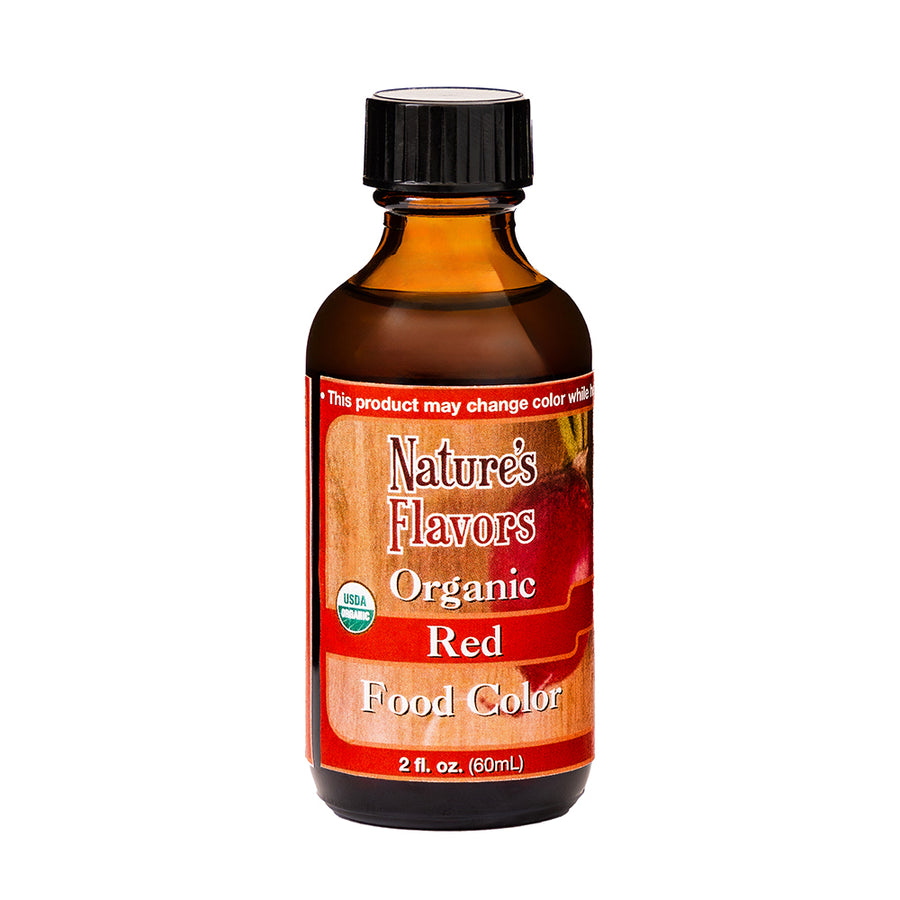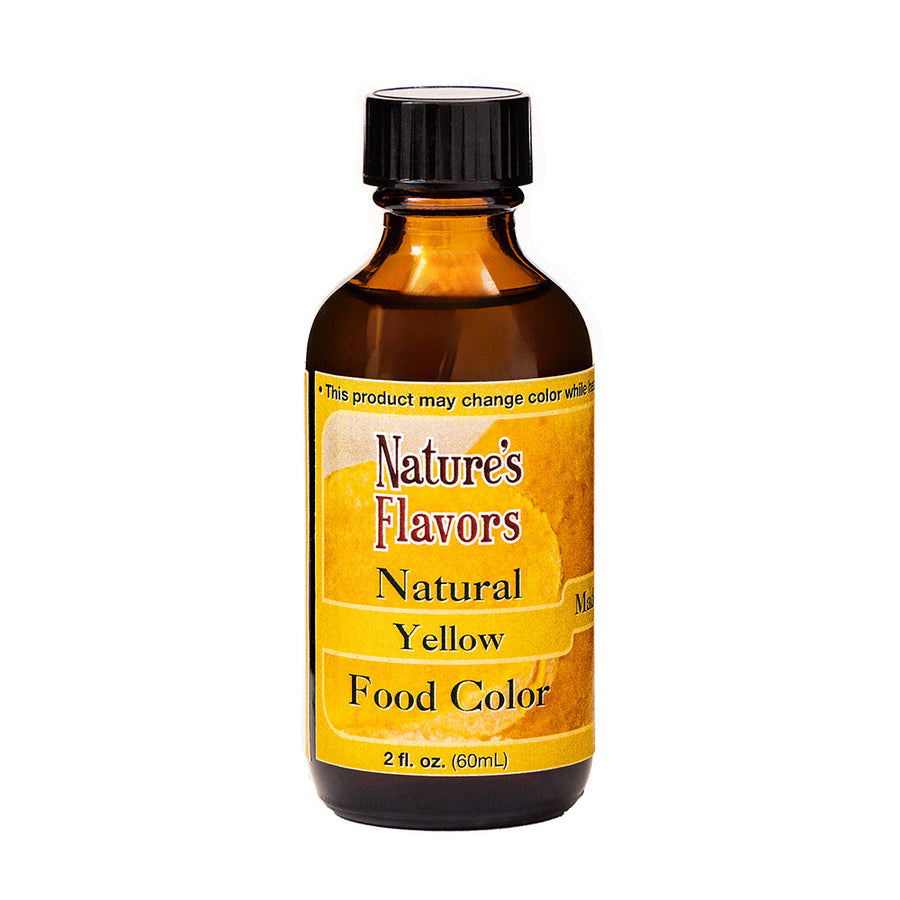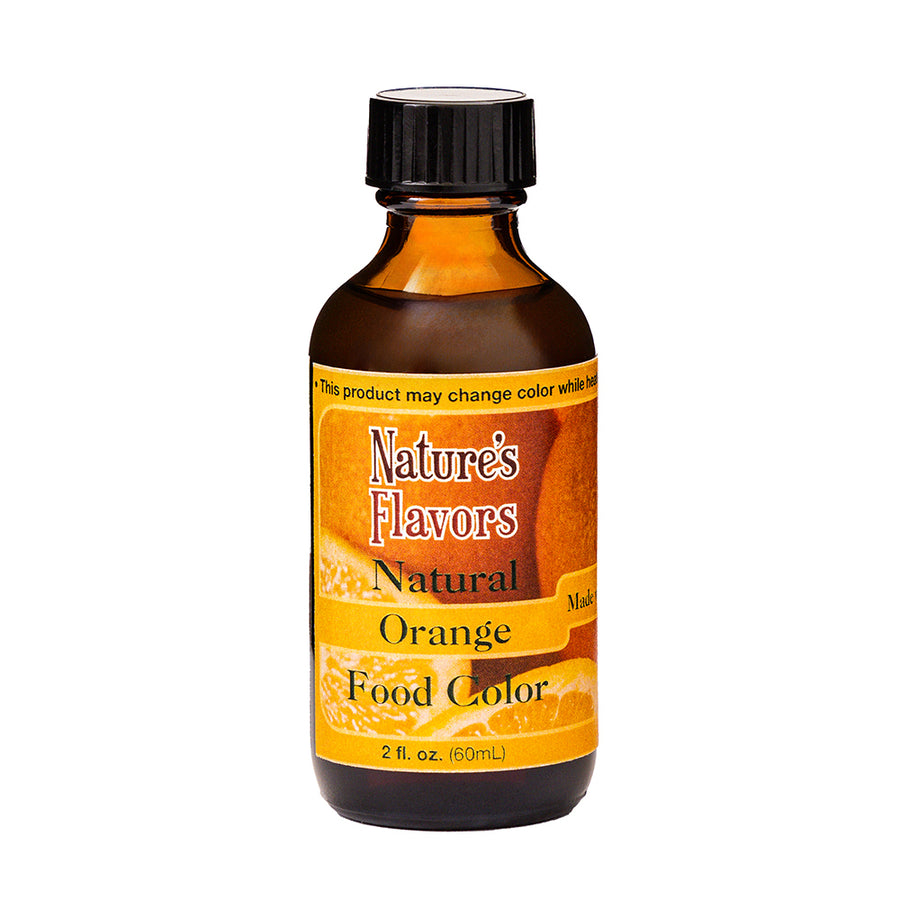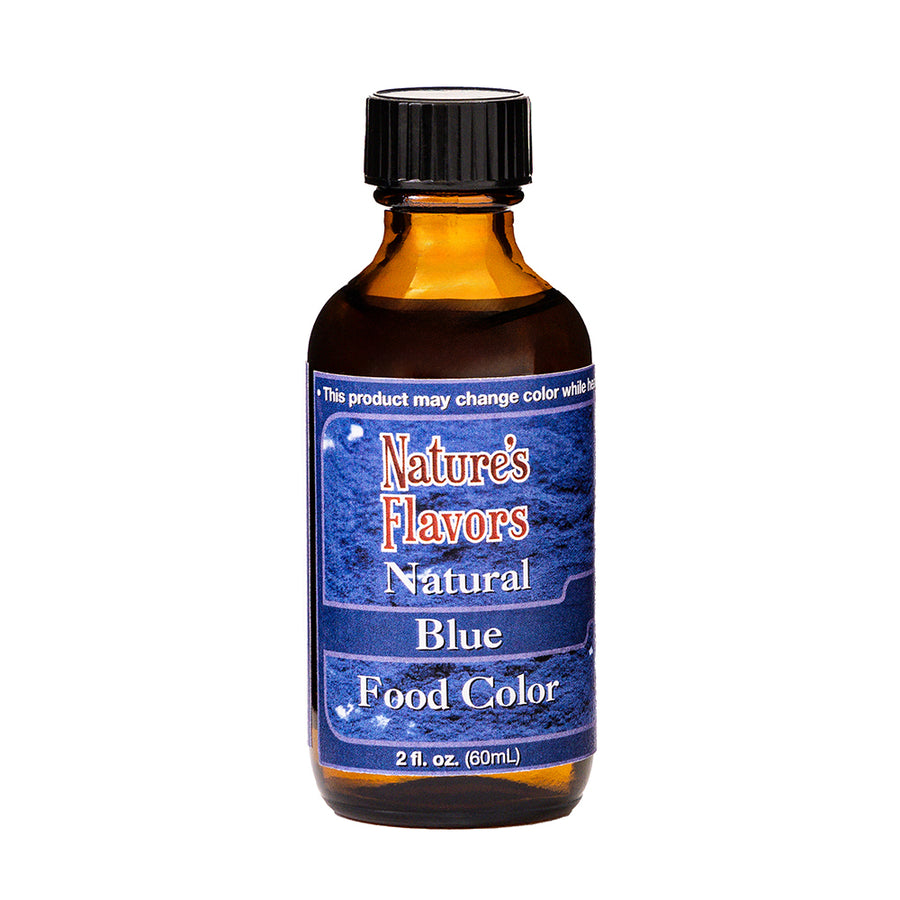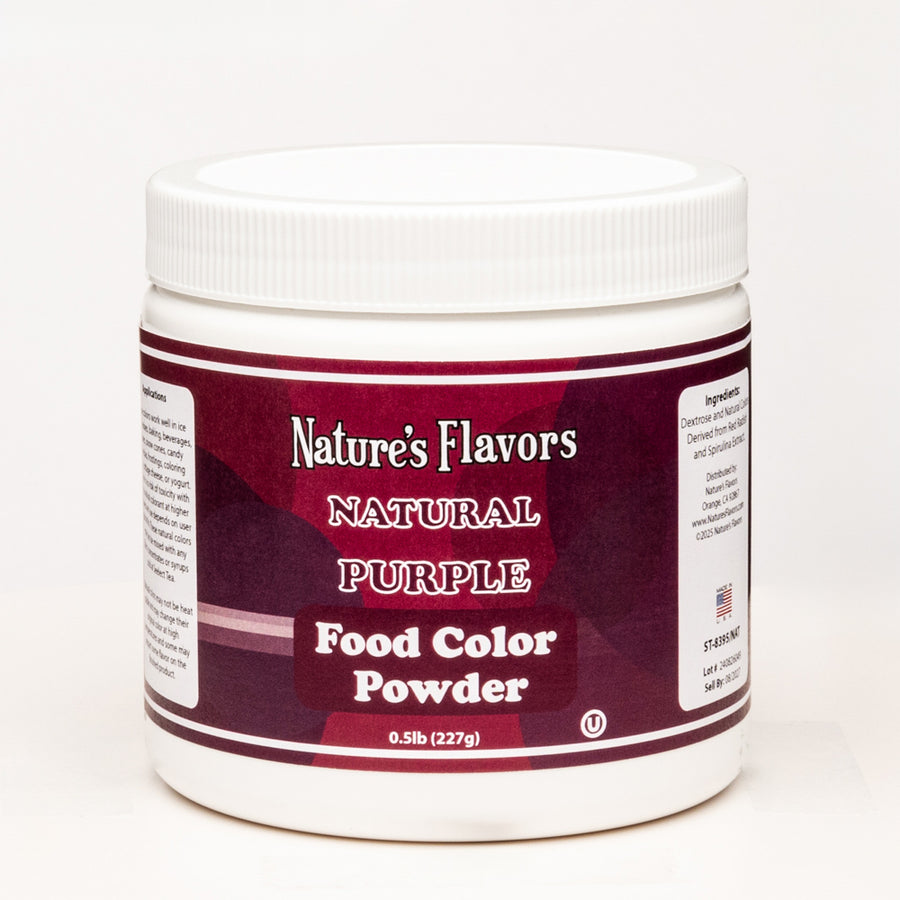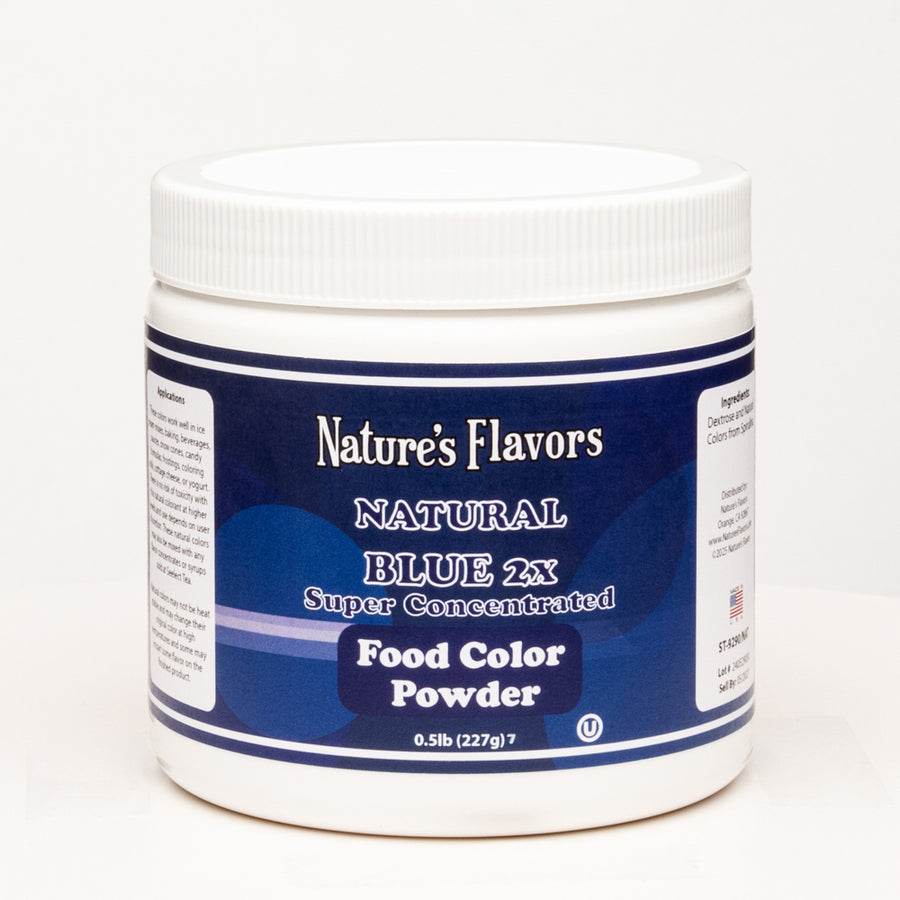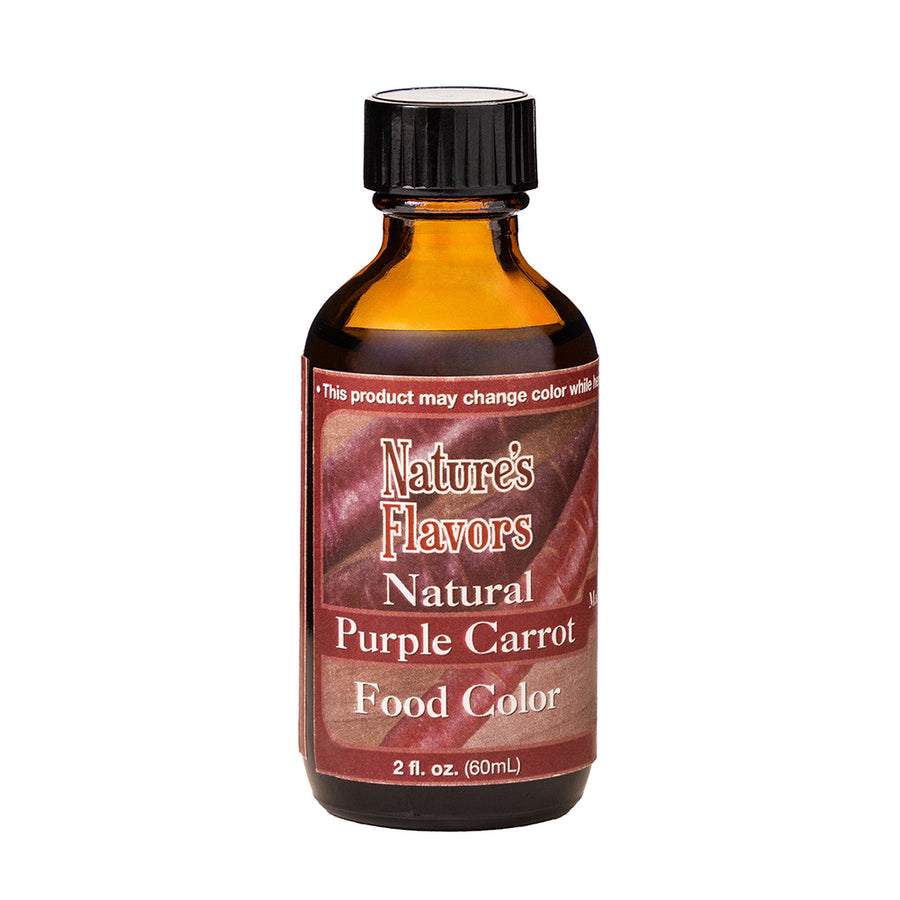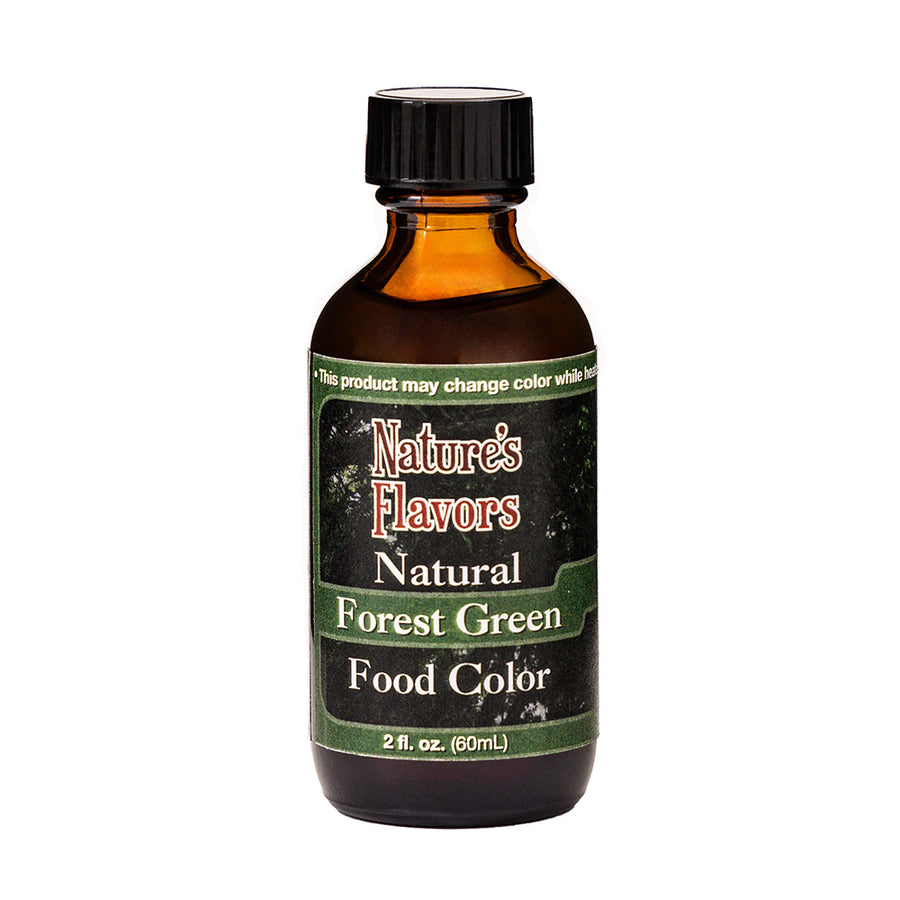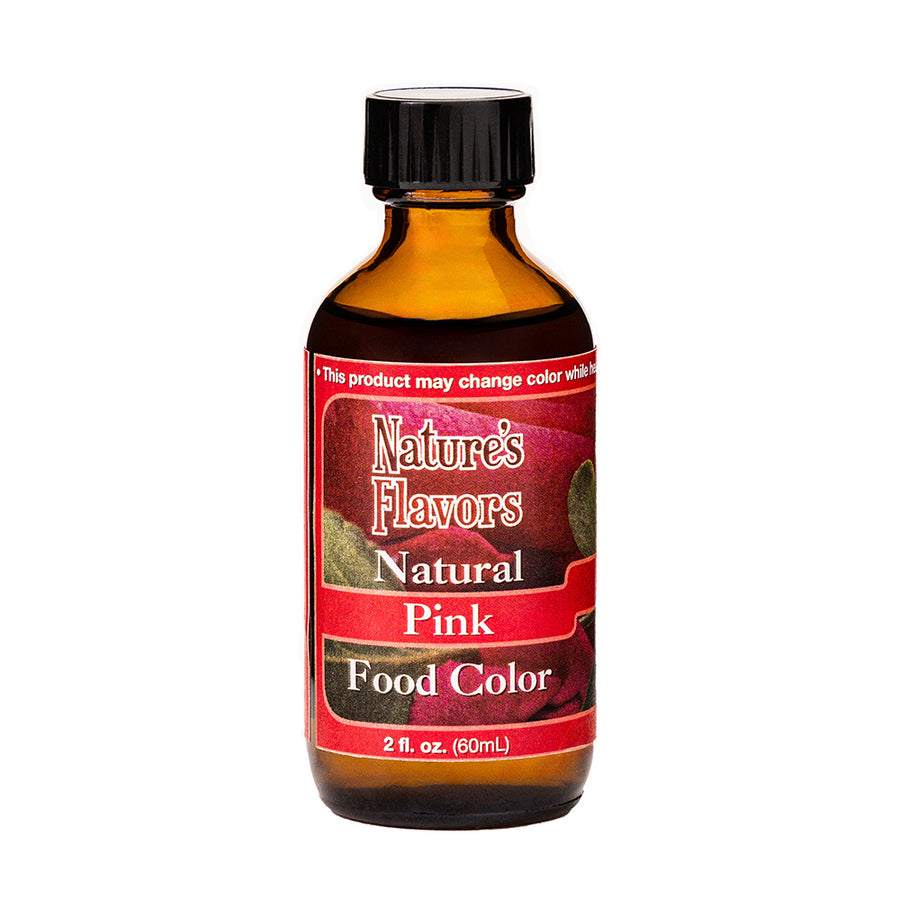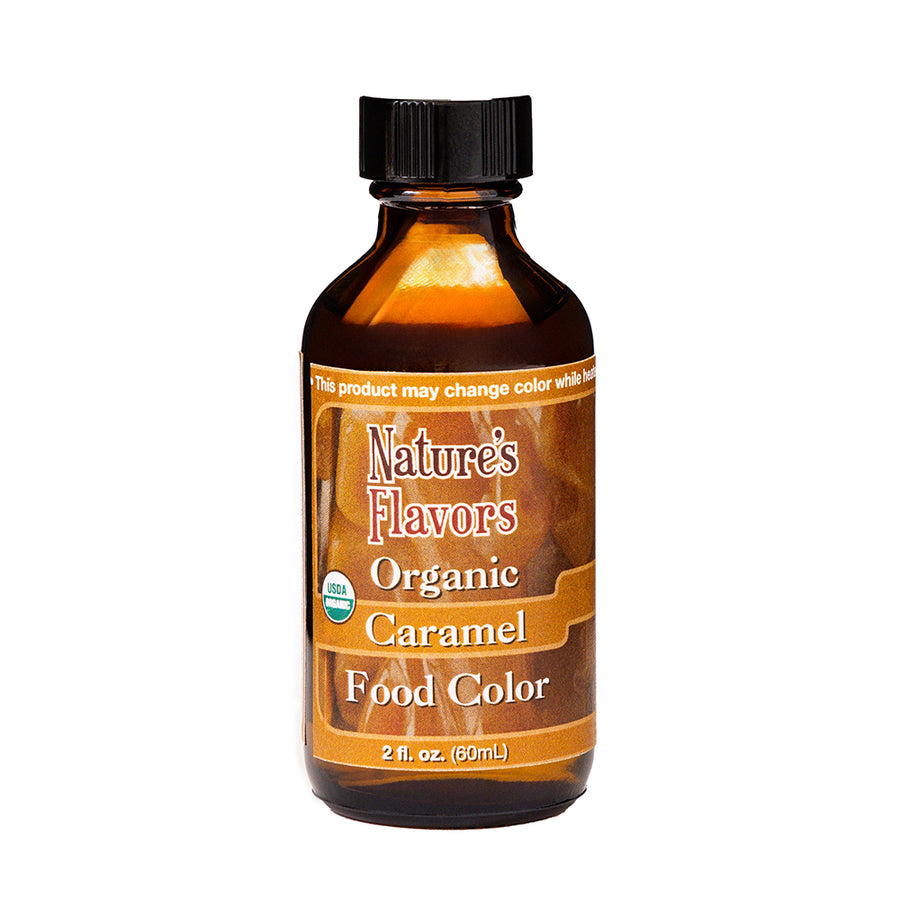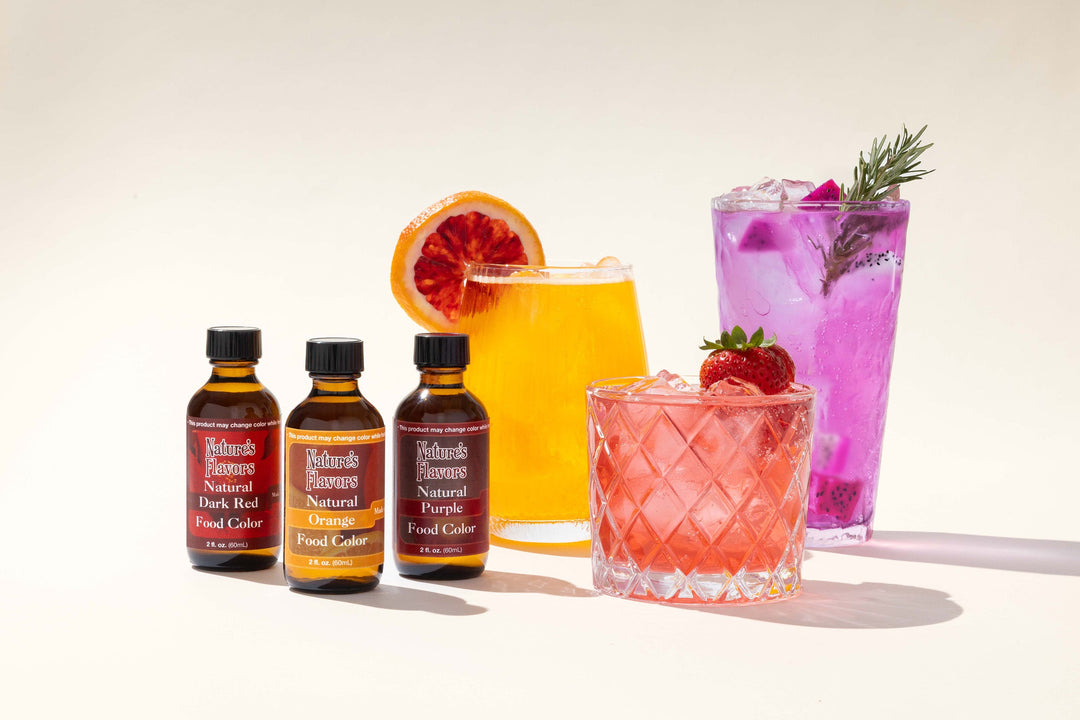Our Natural Forest Green Food Coloring is versatile and can be used across a wide range of food categories. It is particularly suitable for baked goods, such as cakes, cookies, and pastries, where a natural green color is desired. Additionally, it can be used in beverages, including smoothies and juices, to enhance visual appeal. Sauces, dressings, and dips can also benefit from its vibrant hue, making it a valuable addition to any culinary creation.
Benefit:This concentrate offers several functional and business benefits. It ensures flavor consistency across batches, providing a reliable solution for large-scale production. Its natural ingredients contribute to a clean-label appeal, meeting consumer demand for transparency and health-conscious products. Furthermore, it is cost-efficient, allowing manufacturers to achieve desired results without excessive expenditure.
Versatility:The Natural Forest Green Food Coloring is highly versatile, allowing for a wide range of applications. Its concentrated nature means that only small amounts are needed to achieve the desired color, offering flexible flavor control and enabling product innovation. This adaptability makes it an excellent choice for R&D teams looking to experiment with new formulations.
Quality Assurance:Manufactured under strict quality control standards, our product undergoes rigorous testing to ensure safety and consistency. Each batch is carefully monitored to meet industry regulations, providing peace of mind to manufacturers and culinary professionals alike.
Sustainability:Our commitment to sustainability is reflected in our environmentally responsible sourcing and manufacturing practices. We prioritize the use of sustainable ingredients, aligning with current trends and consumer preferences for eco-friendly products.
Storage:To maintain the freshness and potency of the Natural Forest Green Food Coloring, it should be stored in a cool, dry place away from direct sunlight. Once opened, it is recommended to keep the product tightly sealed and refrigerated to preserve its quality.
Caution:Due to its potency, this concentrate should be used in moderation. It is important to follow usage guidelines to avoid overpowering a formulation. Proper measurement and testing are advised to achieve the desired outcome without compromising the product's integrity.


